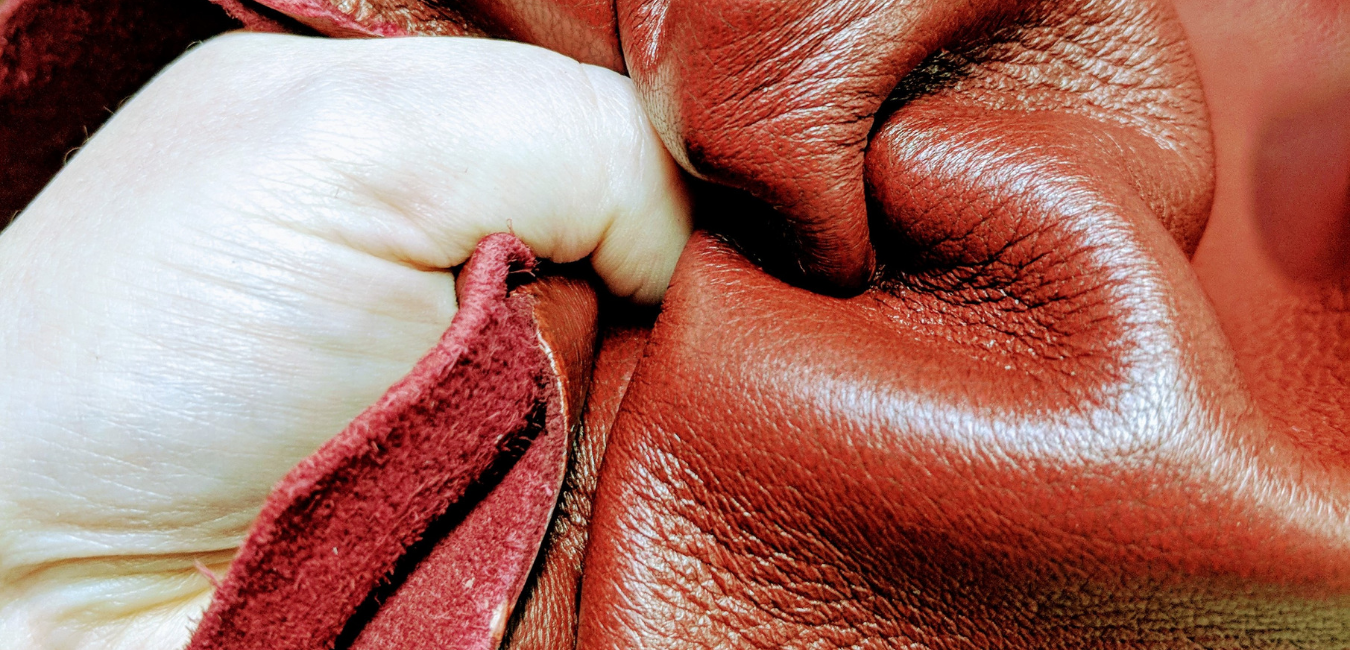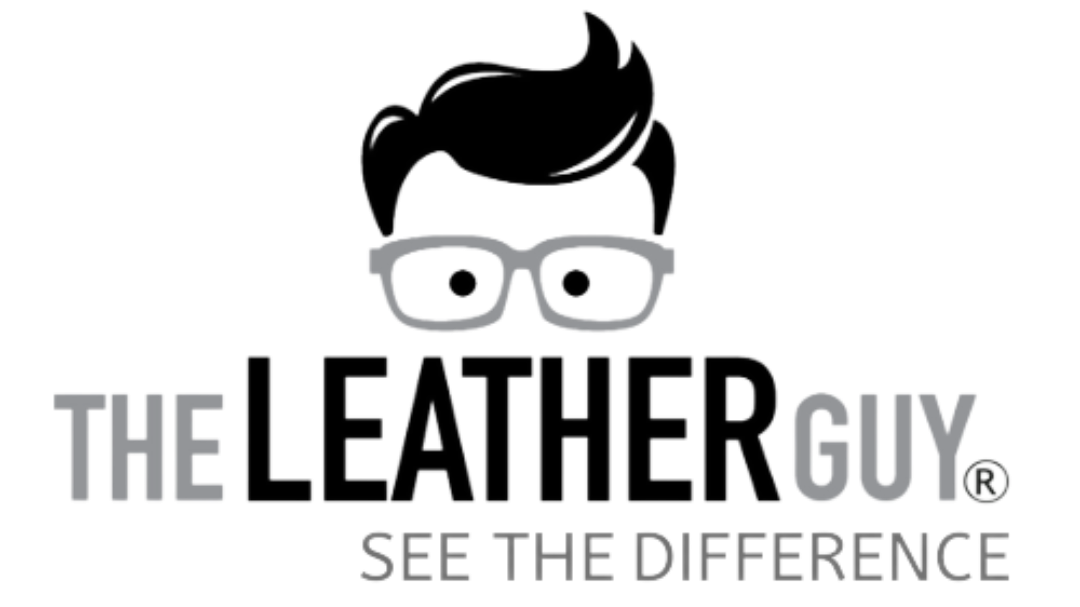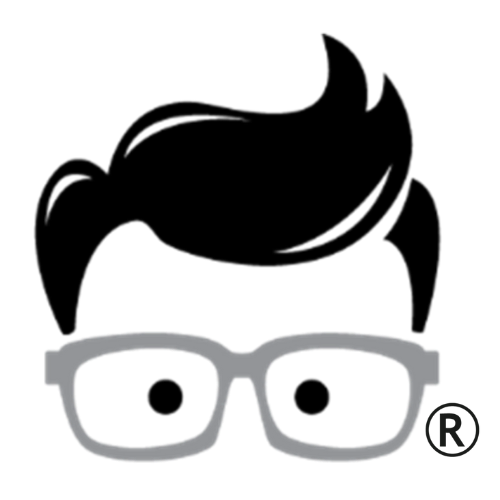Leather 101: "What are ounces?" Leather Thickness and Temper.

Leather Temper and Thickness Explained
If you are just starting out with leather, sometimes all the terms can make shopping a little daunting, perhaps even intimidating! Let's see if we can't make the whole process a little easier for you, filling you in with some of the basics.So first things first, what on Earth is temper? Taking a page from our TLG Dictionary, the definition of Temper is "The pliability or softness of the leather."
We predominantly use four different terms to rate our temper here at The Leather Guy:
-
Soft: Leather that is extremely flexible and pliable. It does not tend to hold its shape. Often used on clothing or upholstery.
-
Semi-Soft: This type of leather is soft and flexible. Typical of sneakers or handbags.
-
Semi-Stiff: Leather is slightly stiff and less rigid. Tends to hold its shape. Often found on boots or motorcycle bags.
-
Stiff: Leather that has a hard and rigid feel. Stiff leather is not easily bent or folded. Think heavy duty belts, straps, and so on. It can be used for wet forming/molding.

These photos show how the temper responds to being pressed between both hands.
So temper is essentially what your leather feels like in hand as well as how easy it will be to fold or manipulate. Which now brings us to leather thickness!
Leather thickness is normally measured in ounces, with one ounce equal to 0.4 mm. We use what is called a leather gauge to measure our leather when listing it. You'll notice some leathers may have a range of ounces listed (ex: 4-5 oz). Because leather is a natural material, it can vary across the full width of a hide by small amounts. Skiving is how most leather workers even out the leather they are working with. This can be done by hand on smaller projects, though some companies offer it as a service on full hides. At this time, we do not offer skiving, but do have the tools for you to do it yourself!

A common misconception is that thickness dictates the temper of leather. However, you can find fairly thin leathers that are stiff (like a 2oz Vegetable Tanned leather), or you can get leather on the thicker end that is very soft and plush (like a 6oz Chap leather).

When shopping, it is important to check both of these ratings when making a decision on what to buy. Only knowing that you need a certain thickness of leather can leave you picking the wrong kind. If your project needs leather that can hold its shape, a soft tempered leather may not work, even if the thickness is what you are looking for. You can find this info in the description of every listing we have here on The Leather Guy!

If you are planning on using a sewing machine, know that not all machines can handle thicker leathers. Check your user's guide or reach out to the manufacturer to find out what thickness your machine can work with. If you want to work on very thick leather, plan on hand stitching or purchasing yourself a leather specific sewing machine. These heavy duty sewing machines have the strength and durability to punch through the thickest and stiffest leathers out there.
If you're unsure what leather temper or thickness you prefer, we sell a number of our leathers as small as 4"x6". Purchase a swatch in a few different tempers and thicknesses to get a feel for what you like to work with!
We've also started selling sample rings in our shop that allow you to see different thickness, finish, temper, and leather types. If you would like to see and feel each of these variations of leather yourself, pick up a ring today!
For now, you can also use this handy hack that Keith here at The Leather Guy came up with, to determine a thickness you may want to work with! All you need is some change from your pocket.

Now that you know some basic leather terms, would you like some ideas of what leathers work best for certain projects? Read this blog for some more info!
Have some questions still? Reach out to us in chat, over on the middle, right-hand side of your screen, or shoot us an email at sales@theleatherguy.org!

